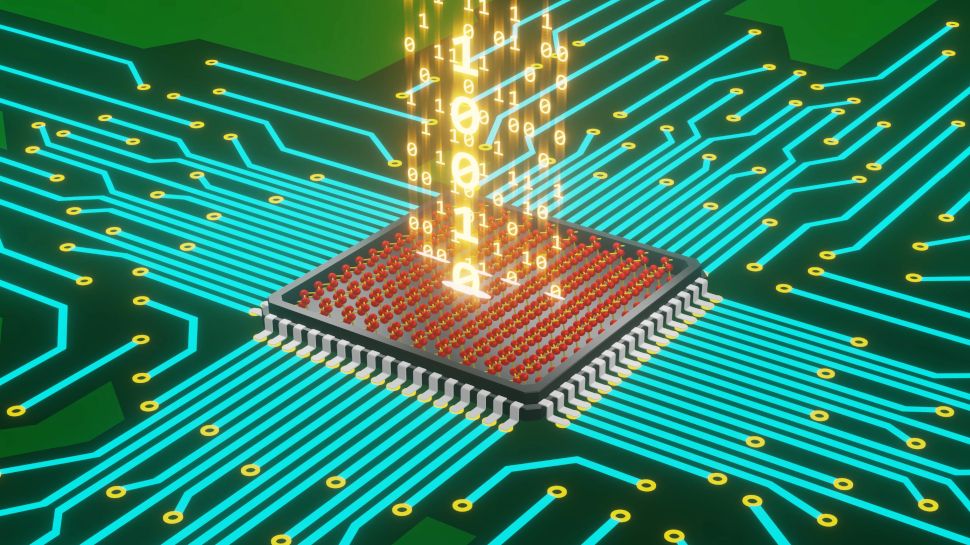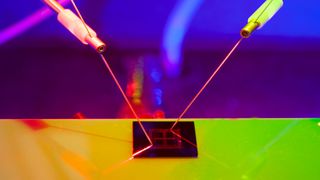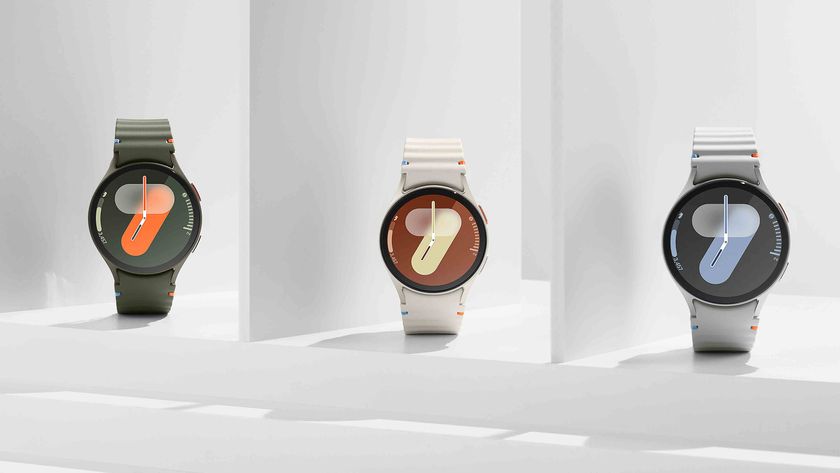This AI chip claims to mimic the human brain
Brings us one step closer to a brain-on-a-chip

Researchers have developed an electronic chip featuring artificial intelligence (AI) that imitates the way the human brain processes visual information.
AI usually relies heavily on software and off-site data processing - however this new prototype fuses the core AI software with image-capturing hardware onto a single device, delivering brain-like functionality.
"It's getting us closer to an all-in-one AI device inspired by nature's greatest computing innovation -- the human brain," said Sumeet Walia, who leads the team of Australian, American and Chinese researchers.
- Here are some of the best bare metal hosting providers
- Also check out these best Platform-as-a-Service providers
- Check out these best Infrastructure-as-a-Service providers
Scalable bionics
The research was led by Melbourne’s RMIT University and recently published in the Advanced Materials journal. According to a press release, the design of the prototype was inspired by optogenetics, which is itself an emerging biotechnology tool that allows scientists to use light to manipulate neurons in the human body.
The AI chip mimics this behaviour since it’s been created using an ultra-thin black phosphorus material, which changes electrical resistance based on different wavelengths of light. The researchers note that by shining different colours of light on the chip, they could achieve different functionalities such as imaging or memory storage.
“Our prototype is a significant advance towards the ultimate in electronics: a brain-on-a-chip that can learn from its environment just like we do,” said Dr Taimur Ahmed, lead author of the study.

The report notes that the new chip builds on an earlier prototype from RMIT, which used light to create and modify memories.
Are you a pro? Subscribe to our newsletter
Sign up to the TechRadar Pro newsletter to get all the top news, opinion, features and guidance your business needs to succeed!
In addition to capturing and manipulating images, the new chip can now also enhance them, classify numbers, and be trained to recognize patterns and images with an accuracy rate of over 90%.
Dr. Ahmed notes that their chip brings them significantly closer to a “brain-on-a-chip” that learns from its environment just like us.
Walia agrees: "Our aim is to replicate a core feature of how the brain learns, through imprinting vision as memory. The prototype we've developed is a major leap forward towards neurorobotics, better technologies for human-machine interaction and scalable bionic systems.”
- We've curated a list of the best cloud computing services
Via: RMIT News
With almost two decades of writing and reporting on Linux, Mayank Sharma would like everyone to think he’s TechRadar Pro’s expert on the topic. Of course, he’s just as interested in other computing topics, particularly cybersecurity, cloud, containers, and coding.











